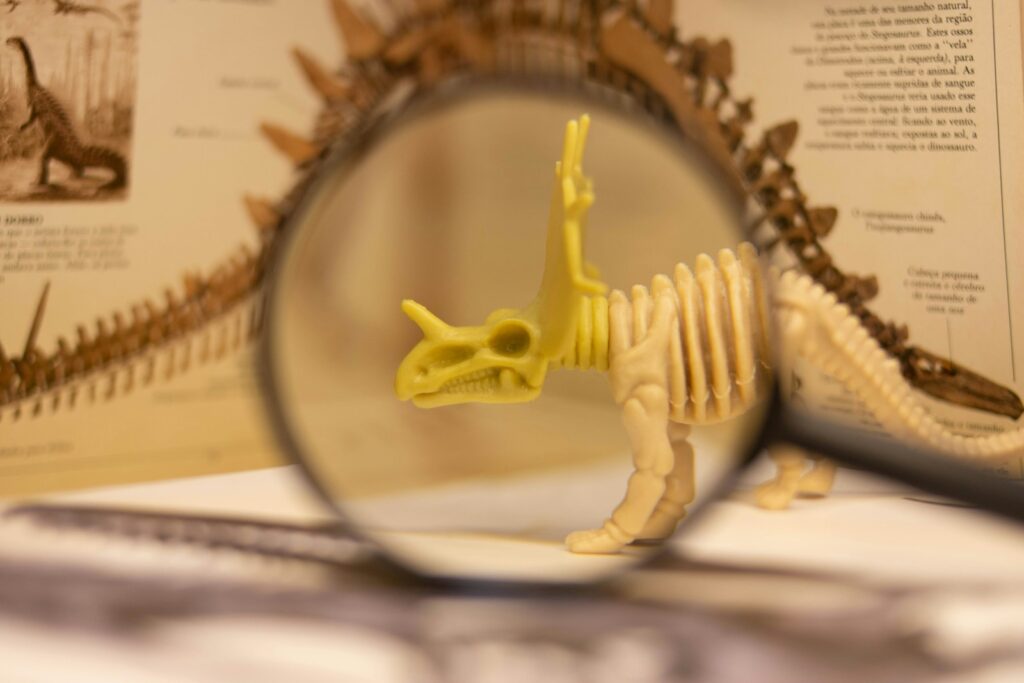When we dig into the past, two scientific professions often get confused: paleontology and archaeology. Both involve excavation, research, and piecing together history from physical evidence. However, these fields differ significantly in their focus, methodologies, time periods, and the types of remains they study. Understanding these distinctions helps us appreciate the unique contributions each discipline makes to our knowledge of the past. This article explores the key differences between paleontologists and archaeologists, highlighting their specialized approaches to uncovering history.
Primary Focus and Subject Matter

Paleontologists primarily study prehistoric life through fossils, which include the preserved remains of animals, plants, and other organisms that lived in the geological past. Their work centers on understanding extinct species, evolutionary relationships, ancient ecosystems, and how life has changed over time. Paleontologists might spend years excavating dinosaur bones, analyzing fossilized insects in amber, or studying microfossils to reconstruct past climates. Their research typically excludes human remains except in the context of human evolution, such as early hominid fossils. The subject matter of paleontology spans billions of years, from the earliest signs of life to relatively recent prehistoric creatures.
Time Periods Under Study
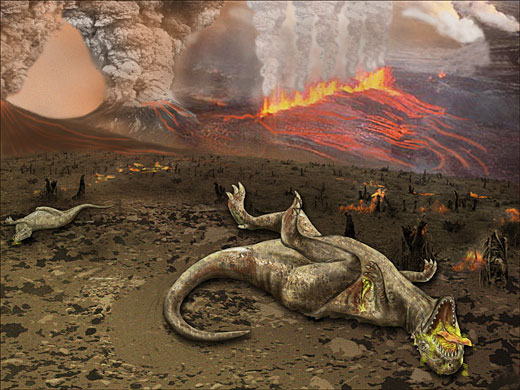
The time scales examined by paleontologists and archaeologists differ dramatically. Paleontologists work across vast geological time periods, often dealing with remains millions or even billions of years old. Their timeline begins with the earliest evidence of life approximately 3.5 billion years ago and continues through various geological epochs. Archaeologists, in contrast, focus on the much more recent human past—typically within the last 10,000 years, though some archaeological work extends back to the earliest human ancestors around 3-4 million years ago. This fundamental difference in time scale shapes everything from research methodologies to the types of questions each discipline attempts to answer. While paleontologists might study the Jurassic Period (201-145 million years ago), archaeologists might examine Bronze Age civilizations from just 5,000 years ago.
Types of Evidence and Remains
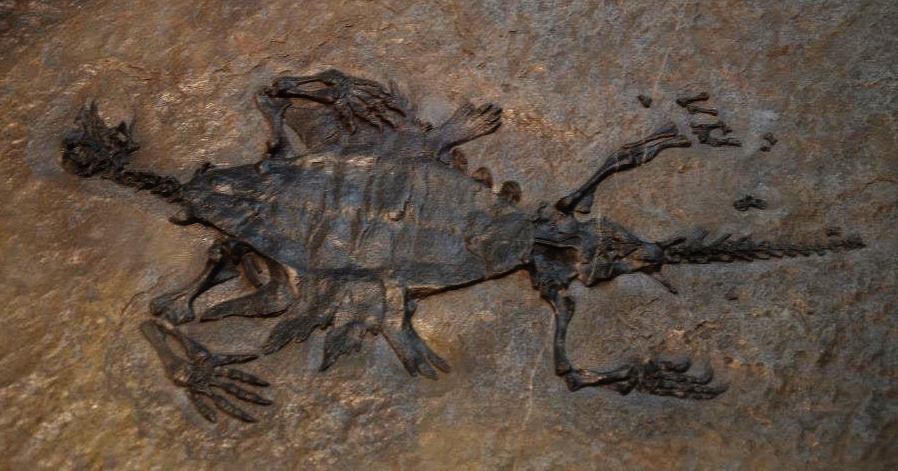
The physical evidence studied by these two professions differs significantly. Paleontologists primarily work with fossils—the preserved remains or traces of ancient organisms. These include bones, teeth, shells, and impressions in rock that have undergone mineralization over millions of years. They might study coprolites (fossilized feces), trackways, or even chemical signatures left behind by ancient life forms. Archaeologists, on the other hand, examine artifacts created or modified by humans, such as tools, pottery, buildings, artwork, and written records. They also study ecofacts (natural objects used by humans but not modified) and features (non-portable evidence of human activity like fire pits or post holes). Human remains found in archaeological contexts are typically studied by specialized archaeologists called bioarchaeologists, while ancient human fossils are usually the domain of paleoanthropologists, who bridge both fields.
Educational Backgrounds and Training

The educational paths for paleontologists and archaeologists reflect their different disciplinary orientations. Paleontologists typically earn degrees in geology, biology, or earth sciences, with specialized training in evolutionary biology, anatomy, and sedimentology. Their coursework often includes heavy emphasis on natural sciences, particularly biology and geology, with training in laboratory techniques for analyzing fossil materials. Archaeologists, meanwhile, usually complete degrees in anthropology, archaeology, history, or classics, with coursework in human societies, material culture analysis, and archaeological theory and method. Their training frequently includes cultural anthropology, historical research methods, and techniques for documenting and preserving human-made artifacts. Both fields require extensive fieldwork experience, but the specific skills and techniques differ considerably based on the materials and contexts they study.
Research Methodologies and Techniques

The methods employed in paleontological and archaeological fieldwork share some similarities but also have important differences. Paleontologists often work in areas where geological processes have exposed fossil-bearing rock layers, using tools like rock hammers, chisels, and plaster jackets to extract and protect fragile fossils. Their work might involve removing tons of rock to expose a single specimen, followed by laboratory preparation to remove the surrounding matrix. Archaeologists, by contrast, typically excavate sites in carefully measured grids, documenting the precise position of each artifact to understand spatial relationships. They use smaller tools like trowels and brushes for delicate work, and employ techniques like stratigraphy (studying soil layers) to establish chronologies. While paleontologists might use geochemical dating methods for very ancient specimens, archaeologists often rely on radiocarbon dating and contextual analysis of artifacts to establish timelines.
Academic Home and Disciplinary Connections

The academic homes of these disciplines reflect their different intellectual traditions and research questions. Paleontology is typically housed within geology, biology, or natural science departments in universities and museums. It maintains close ties with evolutionary biology, comparative anatomy, and earth sciences. The field’s research questions center on biological and geological processes rather than human societies. Archaeology, however, is most commonly situated within anthropology departments (especially in North America) or as its own department (more common in Europe). It maintains relationships with history, classics, art history, and cultural anthropology. This disciplinary positioning reflects archaeology’s fundamental concern with human cultures, societies, and behaviors rather than biological evolution or geological processes. These different academic homes influence how research is conducted, funded, and integrated into broader scientific understanding.
Focus on Human Activity vs. Natural Processes

A fundamental distinction between the two fields lies in their relationship to the study of humanity. Archaeology centers explicitly on understanding past human societies and behaviors through material remains. Archaeologists examine how people lived, interacted, organized themselves socially, conducted trade, practiced religion, and adapted to changing environments. Their research questions often involve cultural change, technological development, and social organization. Paleontologists, conversely, focus on natural biological and geological processes, studying how species evolved, ecosystems changed, and life adapted to environmental shifts over deep time. When paleontologists study human ancestors, they typically focus on biological evolution rather than cultural developments. This difference in focus—human culture versus natural history—represents perhaps the most fundamental distinction between the two disciplines.
Dating Methods and Establishing Chronologies

The techniques used to determine the age of specimens differ between paleontology and archaeology due to the vastly different time scales involved. Paleontologists frequently rely on relative dating methods based on the geological principle of superposition, where deeper rock layers are generally older than those above them. For more precise dating, they use radiometric techniques like potassium-argon dating, which can measure ages in millions of years, or biostratigraphy, which uses index fossils to identify specific geological periods. Archaeologists often employ radiocarbon dating for organic materials up to about 50,000 years old, thermoluminescence for pottery and fired clay, dendrochronology (tree-ring dating) for wooden artifacts, and seriation (arranging artifacts in chronological sequence based on stylistic changes). The archaeological emphasis on cultural chronologies often requires more precise dating within human historical frameworks, while paleontological dating frequently operates on geological time scales where differences of thousands of years may be negligible.
Professional Environments and Career Paths

The career landscapes for paleontologists and archaeologists share similarities but diverge in important ways. Both professionals may work in museums, universities, research institutions, or government agencies. Paleontologists find additional opportunities with geological survey organizations, natural history museums, and sometimes energy companies where their knowledge of fossil-bearing rock formations proves valuable. Many specialize in particular taxonomic groups, time periods, or analytical techniques. Archaeologists more commonly work in cultural resource management firms that conduct salvage archaeology before construction projects, with government agencies managing heritage sites, or with international organizations focused on cultural preservation. They might specialize in particular cultures, time periods, or types of artifacts. Both fields face competitive job markets, with academic positions being particularly sought after and limited. Fieldwork demands can be physically challenging in both professions, often involving travel to remote locations and working in difficult environmental conditions.
Public Engagement and Popular Perception

Both fields capture public imagination, but in distinctly different ways. Paleontology enjoys enormous popular appeal through dinosaurs, which have become cultural icons appearing in blockbuster movies, children’s toys, and museum exhibitions that draw millions of visitors annually. The discovery of spectacular fossils often generates significant media coverage, and paleontologists frequently engage in public outreach through documentaries and popular science books. Archaeology connects more directly with human heritage and identity, with discoveries about ancient civilizations like Egypt, Maya, or Rome generating widespread interest. Archaeological finds often make headlines when they revise understanding of historical events or reveal spectacular treasures. Television programs featuring archaeological expeditions or ancient mysteries attract large audiences. Both fields struggle with popular misconceptions—paleontologists contend with inaccurate depictions of dinosaurs and geological time, while archaeologists frequently correct misunderstandings about ancient civilizations and the methodical nature of archaeological work, which bears little resemblance to fictional portrayals like Indiana Jones.
Ethical Considerations and Cultural Sensitivities
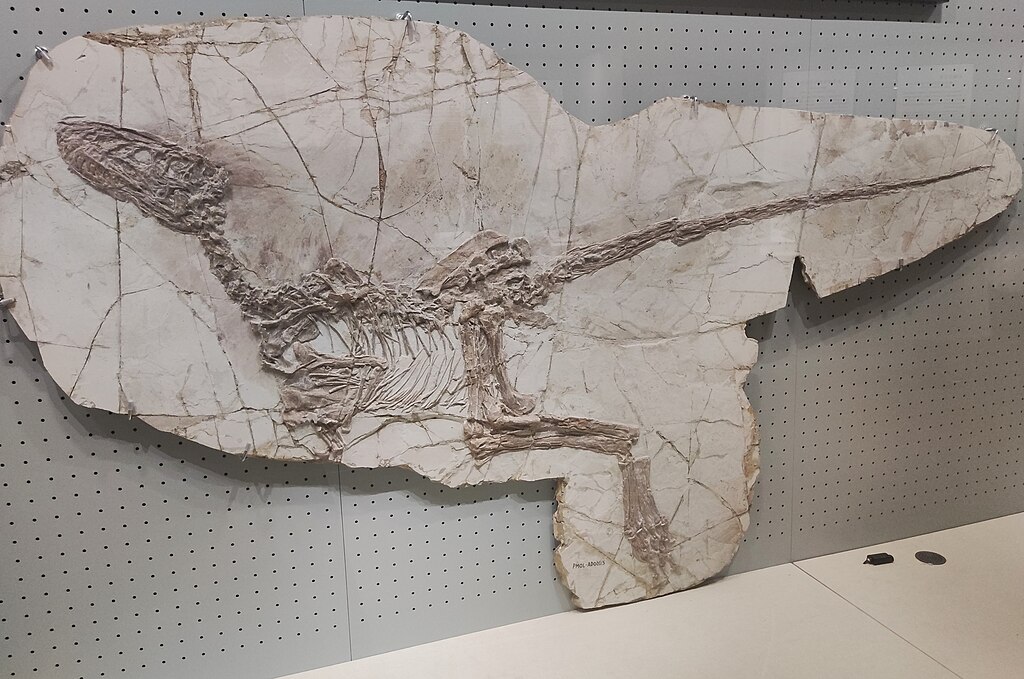
The ethical frameworks governing these disciplines reflect their different subject matters. Archaeologists regularly navigate complex ethical issues related to human remains, cultural heritage, and relationships with descendant communities. Many archaeological sites and artifacts hold spiritual or cultural significance for living peoples, requiring archaeologists to develop collaborative relationships with indigenous communities and adhere to ethical guidelines regarding excavation, analysis, and display of cultural materials. Legal frameworks like the Native American Graves Protection and Repatriation Act in the United States formalize these obligations. Paleontologists, while not typically dealing with culturally sensitive human remains, face their own ethical challenges regarding fossil collection, preservation, and commercialization. The sale of important fossils to private collectors can remove specimens from scientific study permanently, creating tensions between commercial and scientific interests. Both fields struggle with issues of conservation, international transport of specimens, and balancing scientific interests with preservation concerns.
Overlapping Fields and Interdisciplinary Approaches
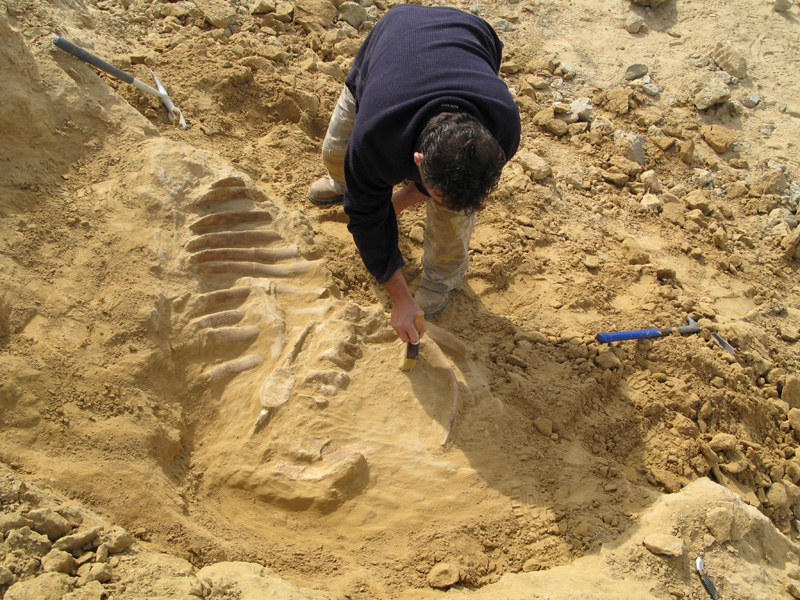
Despite their differences, several important fields bridge paleontology and archaeology. Paleoanthropology examines human evolution through fossil evidence, combining methods from both disciplines to understand our biological development and earliest cultural behaviors. Environmental archaeology studies how past human societies interacted with their environments, often incorporating paleontological data about ancient ecosystems. Zooarchaeology analyzes animal remains from archaeological sites, using techniques from paleontology to understand human hunting practices, animal domestication, and dietary patterns. Geoarchaeology applies geological methods to archaeological questions, examining how landforms and sediments relate to human settlement patterns. These interdisciplinary approaches demonstrate that while paleontology and archaeology maintain distinct identities, their methods and insights can complement each other powerfully when addressing questions about the deep human past. Modern researchers increasingly collaborate across these disciplinary boundaries, recognizing that complex questions about ancient life and human prehistory benefit from multiple perspectives.
Technological Advancements Transforming Both Fields

Recent technological innovations have revolutionized both paleontology and archaeology, sometimes in parallel ways. Advanced imaging techniques like CT scanning allow both paleontologists and archaeologists to examine internal structures of specimens non-destructively, revealing dinosaur brains or the contents of sealed ancient vessels. DNA analysis has transformed paleontology through the recovery of genetic material from specimens thousands of years old, while similar techniques help archaeologists understand ancient human migrations and relationships. Geographic Information Systems (GIS) enable both fields to analyze spatial data across landscapes, whether mapping dinosaur trackways or ancient settlement patterns. 3D printing creates replicas of fragile fossils or artifacts for study and display, while virtual reality reconstructions help visualize extinct creatures or ancient buildings. Remote sensing technologies like ground-penetrating radar and LiDAR assist both disciplines in locating sites without excavation, whether identifying potential fossil beds or mapping buried archaeological features. These technological convergences highlight how, despite their differences, both fields embrace innovative methods to extract more information from fragmentary remains of the past.
Conclusion

While paleontologists and archaeologists both investigate the past through physical remains, they pursue fundamentally different questions. Paleontologists explore the natural history of life on Earth, studying fossilized plants and animals across geological timescales measuring in millions of years. Archaeologists examine the cultural history of humanity through artifacts and structures, typically focusing on the past several thousand years of human experience. Their different training, methodologies, research questions, and ethical considerations reflect these distinct missions. Understanding these differences helps us appreciate how these complementary disciplines contribute to our knowledge of the past, each illuminating different aspects of the world before our time. Together, they provide a more complete picture of both natural history and human heritage, connecting us to the deep past through scientific discovery.

